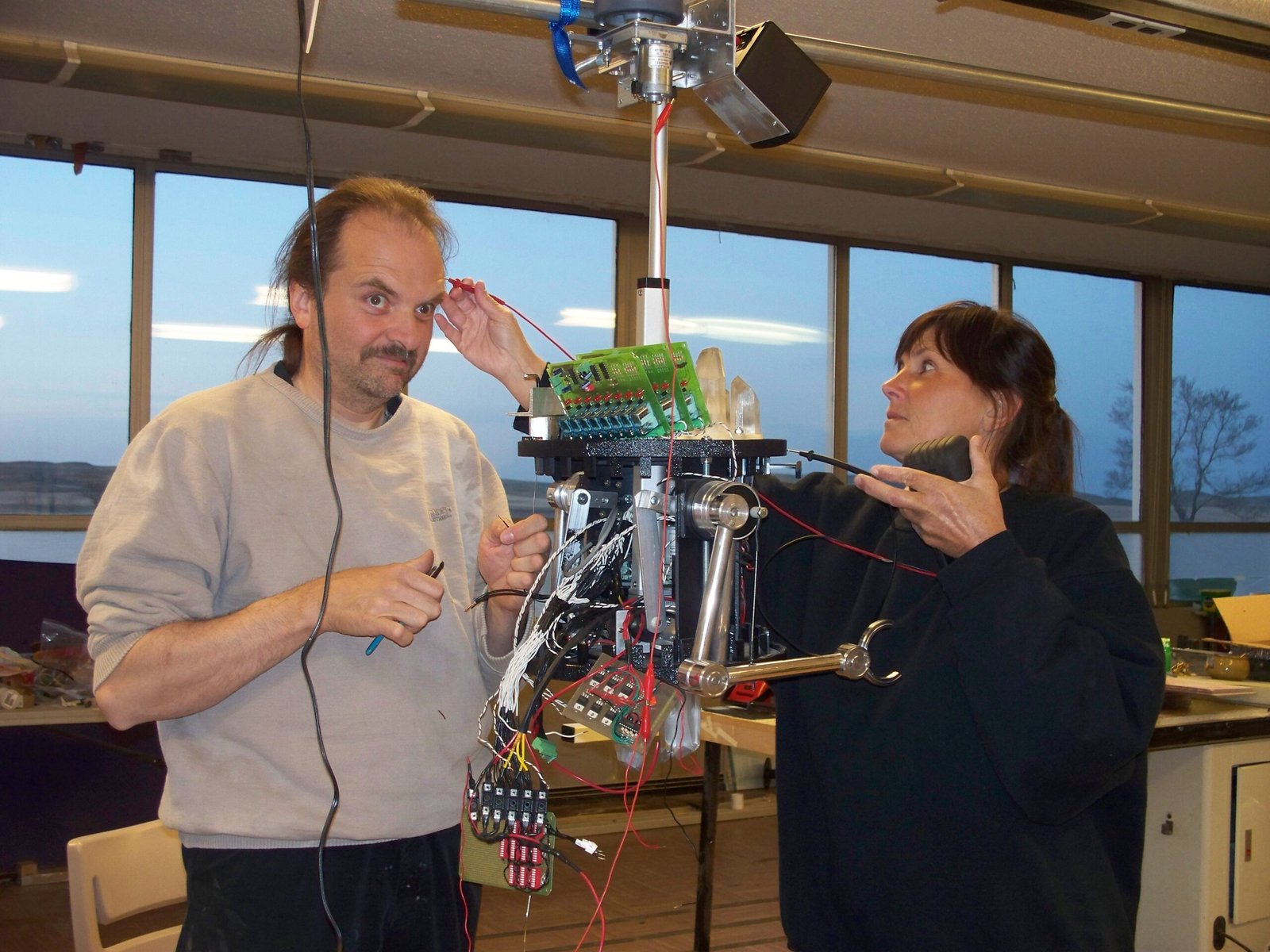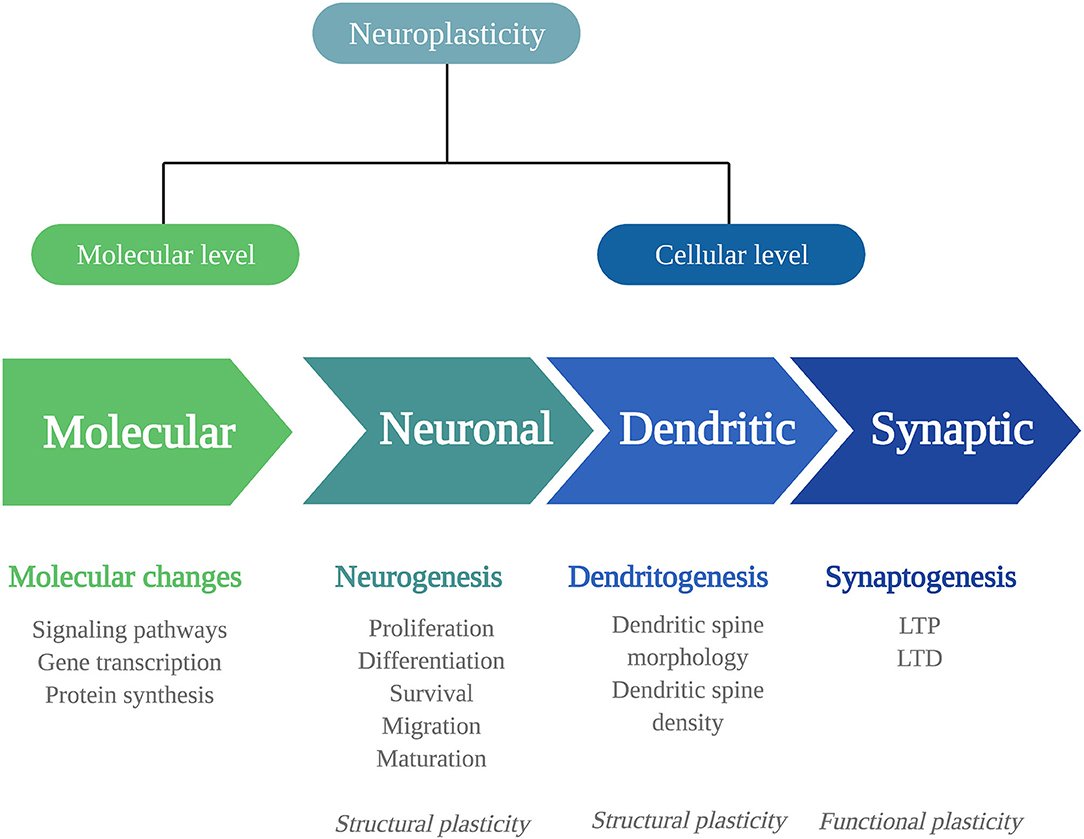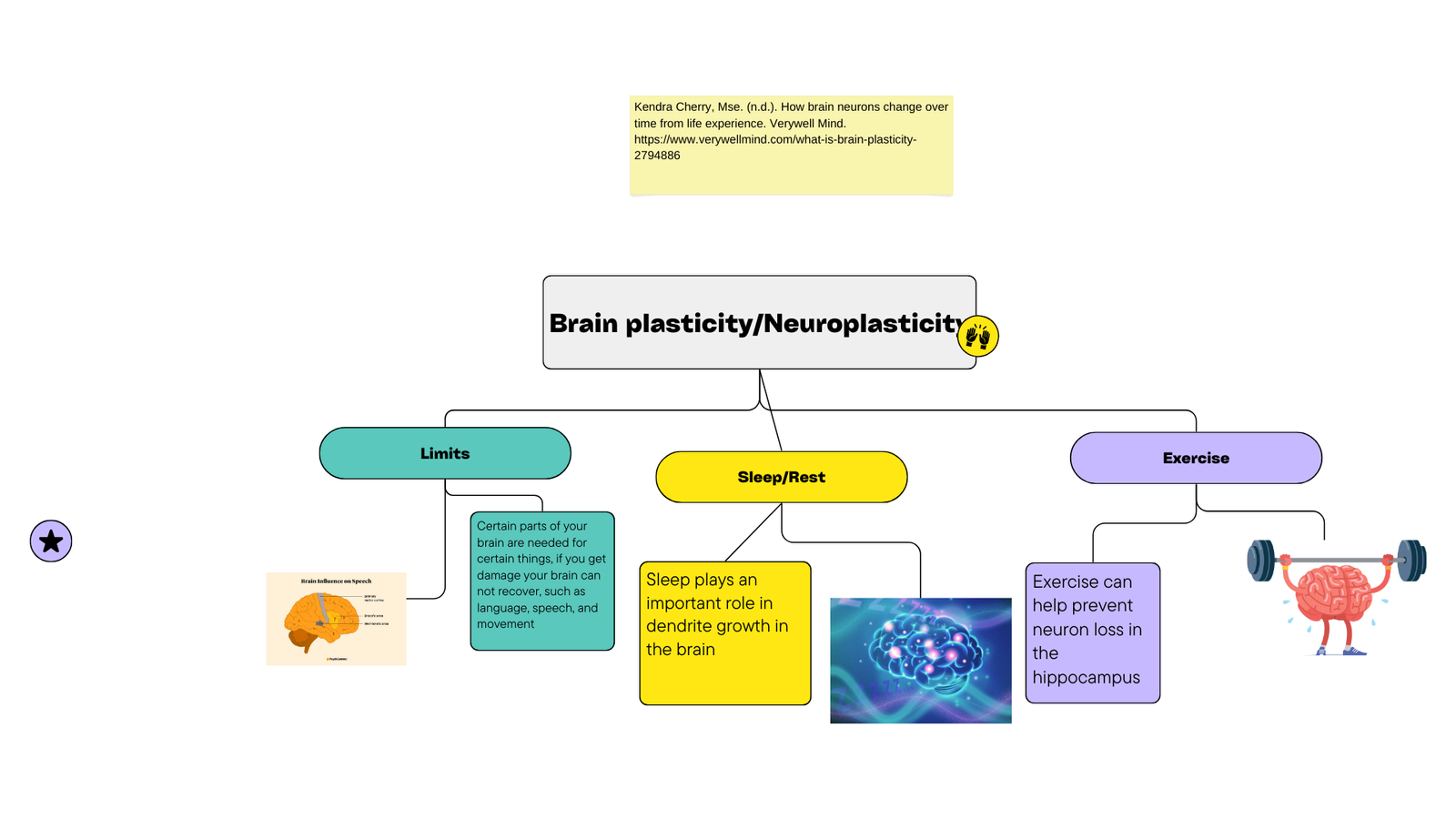Imagine waking up one day to discover that your brain is not the rigid, unchanging organ you once believed it to be, but a living, breathing masterpiece constantly sculpted by every experience, memory, and skill you acquire. This isn’t science fiction—it’s the astonishing reality of brain plasticity. The mind, it turns out, is far more adaptable and mysterious than we ever thought. From miraculous recoveries after brain injuries to the everyday ways learning shapes our thoughts, the story of brain plasticity is both inspiring and humbling. It shows us that our brains are works in progress, forever shaped by the rhythms of life, love, hardship, and hope.
What Is Brain Plasticity?
Brain plasticity, also known as neuroplasticity, is the brain’s remarkable ability to adjust its structure and function in response to new experiences. Unlike the outdated belief that our brains are fixed after childhood, scientists now know that the mind can change itself throughout life. When you learn a new language, play an instrument, or even recover from an injury, you are witnessing brain plasticity in action. Neurons—the brain’s communication cells—forge new pathways, strengthen old ones, or even reroute signals to adapt to what’s needed. This dynamic flexibility is what allows us to change, grow, and recover in ways once thought impossible.
The Building Blocks: Neurons and Synapses
Our brains are a network of billions of neurons, each connecting to thousands of others through tiny junctions called synapses. These connections aren’t set in stone; they’re more like trails in a forest, worn deeper with use and overgrown when ignored. When you practice a skill or recall a memory, certain synapses become stronger, making it easier for signals to travel along those pathways. Conversely, unused connections can weaken and fade away. This “use it or lose it” principle explains why repetition and engagement are key to mastering new abilities and preserving old ones.
How Experience Shapes the Brain

Every moment of our lives, our experiences are etching their mark on the brain. When children learn to ride a bike, their brains are busy building new circuits to coordinate balance and movement. After a traumatic event, the brain may rewire itself to become more alert to danger. Even adults who pick up new hobbies or skills—like painting or playing chess—are encouraging their brains to create fresh connections. These changes are not just superficial; they alter the very architecture of the mind, showing how deeply experience can mold who we become.
Recovery and Hope: Plasticity After Injury

Perhaps the most uplifting example of brain plasticity is seen in people recovering from strokes or brain injuries. When one part of the brain is damaged, other regions can sometimes take over lost functions. Therapies that encourage movement, speech, or thinking can help “train” the brain to reroute around damaged areas. Stories abound of patients who, against all odds, regain abilities thought forever lost. This resilience is a testament to the brain’s enduring adaptability, sparking hope for millions living with neurological challenges.
Plasticity in Childhood: The Window of Opportunity
Children’s brains are especially plastic, soaking up knowledge and skills at a dizzying pace. This is why young children can effortlessly learn languages, musical instruments, or even complicated sports. Their brains are bursting with synaptic connections, ready to be shaped by new experiences. Early life is a crucial window for learning, but it’s also a time when negative experiences, like neglect or trauma, can leave deep imprints. Understanding the power of plasticity in childhood helps parents and educators foster nurturing environments that support lifelong growth.
Adult Brains: Not Set in Stone

Contrary to old myths, adult brains are far from unchangeable. While plasticity does slow with age, it never completely disappears. Adults can still learn new skills, change habits, or recover from setbacks—sometimes with astonishing results. Lifelong learning, challenging mental activities, and social engagement can all keep the adult brain flexible. Even late in life, the brain’s ability to adapt can help stave off cognitive decline and support emotional well-being.
Learning and Memory: Rewiring Through Practice

Every time you practice something—whether it’s a dance routine or a math equation—you are strengthening the connections in your brain. This process, known as long-term potentiation, is the neural foundation for learning and memory. The more you repeat an activity, the stronger and more efficient these pathways become, making the skill feel almost automatic over time. This is why practice is so vital for mastery, and why “muscle memory” is really a triumph of brain plasticity.
Stress, Trauma, and Adaptation
Not all plasticity is positive. Chronic stress or traumatic experiences can reshape the brain in ways that reinforce anxiety, fear, or depression. For example, areas involved in stress responses can become overactive, while those for pleasure and relaxation may shrink. However, the same plastic potential that can entrench negative patterns also offers the chance for healing. Therapy, mindfulness, and supportive relationships can help rewire the brain toward healthier, more resilient patterns.
Unlocking Potential: Harnessing Plasticity for Growth

The story of brain plasticity isn’t just about survival or recovery—it’s about unlocking hidden potential. By seeking new challenges, practicing mindfulness, and embracing lifelong learning, we can actively shape our minds for the better. Activities like meditation, regular exercise, and creative pursuits have all been shown to encourage positive brain changes. The more we stretch our minds, the more flexible and capable they become.
The Future of Brain Plasticity Research

Scientists are only scratching the surface of what brain plasticity can do. Exciting new therapies are being developed to help people recover from injury, overcome learning disabilities, or even slow the effects of aging. Brain-computer interfaces, neurofeedback, and targeted stimulation are just a few of the innovations on the horizon. Understanding and harnessing plasticity promises to revolutionize how we treat brain disorders, learn, and grow.
Reflections on a Changing Mind
The story of brain plasticity is ultimately a tale of hope, resilience, and endless possibility. It reminds us that change is always possible, no matter our age or circumstance. The brain’s ability to adapt is not only a scientific marvel but a profound source of inspiration for anyone seeking to grow, heal, or reinvent themselves. What possibilities might you unlock if you believed your mind could truly change?




